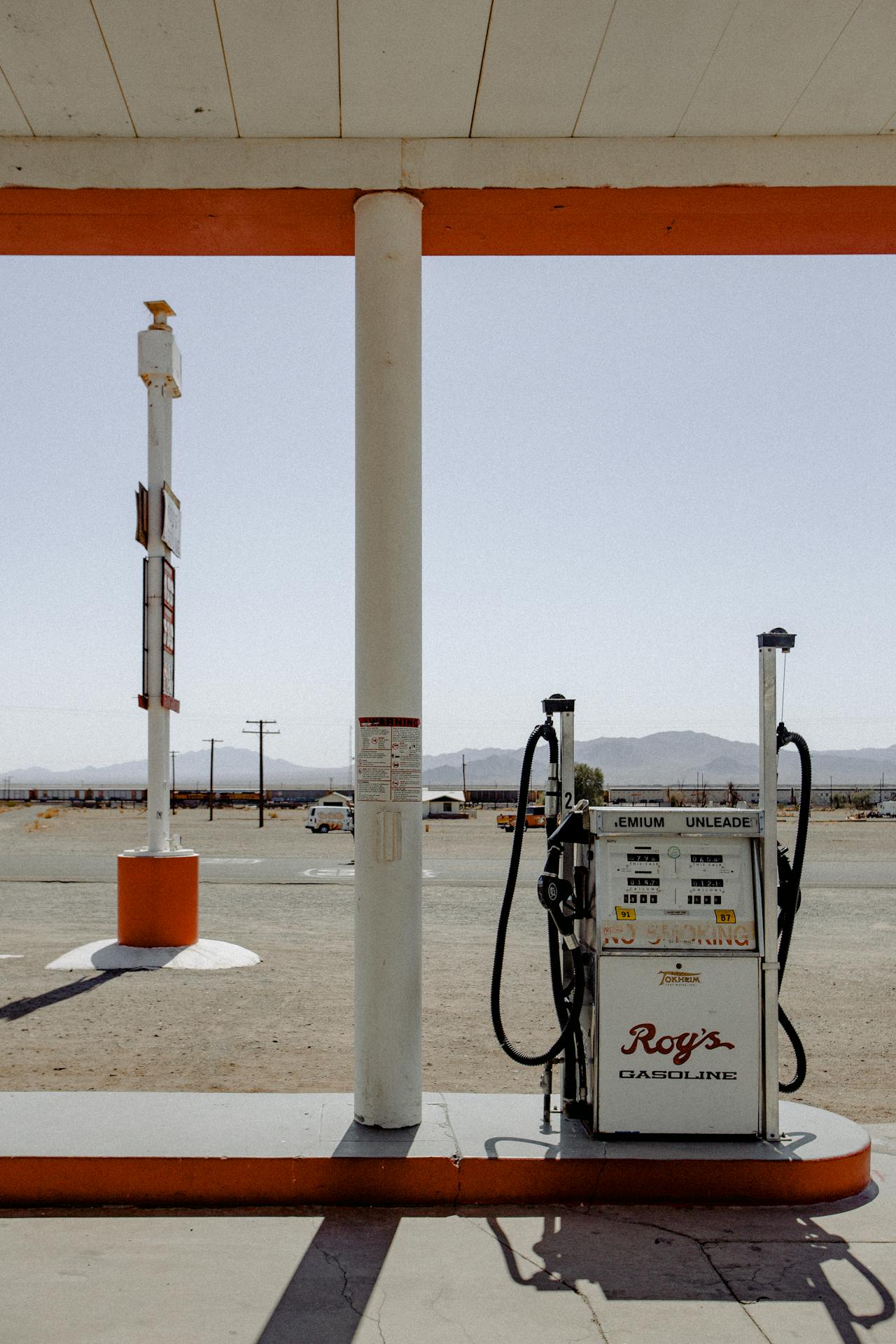In the dynamic landscape of energy markets, portfolio investors are carefully positioning themselves as they anticipate petroleum prices to remain rangebound in the short term. This strategic maneuvering is increasingly focused on expected changes in relative performance among major crude and fuels contracts, revealing intriguing patterns in investor preferences.
On the crude oil front, investors are expressing a strong preference for Brent over WTI. Simultaneously, among fuels, U.S. contracts are favored over European gas oil, creating a nuanced landscape for hedge funds and other money managers.
Recent data indicates a significant shift in positions, with funds selling the equivalent of 11 million barrels in the six most crucial petroleum futures and options contracts during the week ending on January 16. Notably, there’s a clear divergence in preferences, as funds sold 24 million barrels in WTI while purchasing 18 million barrels in Brent. This trend underscores investors’ cautious approach and their anticipation of varying factors influencing different crude types.
Examining the U.S. gasoline and diesel markets, there were minor changes, with decreases of 3 million barrels each, while European gas oil saw a modest increase of 2 million barrels. However, the major divergences in positioning highlight a bearish sentiment towards WTI, with a net position of just 43 million barrels – the third-lowest weekly position since 2013. In contrast, a neutral position in Brent, with 227 million barrels, aligns closely with the average since 2013.
Investors seem to be basing their decisions on the outlook for production growth in the United States and the geopolitical dynamics in the Middle East, where conflict is expected to provide support for prices in Europe and Asia.
Shifting focus to the fuels side, bullish positioning in U.S. gasoline and U.S. diesel, both in the 60-70th percentiles, contrasts sharply with very bearish positioning in European gas oil, residing in the 13-14th percentile. This divergence suggests that funds are strategically betting on the economic disparities between continued U.S. growth and a lingering recession in Europe.
In the realm of U.S. natural gas, investors are attempting to build a bullish position in anticipation of very low prices eventually eliminating current excess inventories. Despite past unsuccessful attempts, funds have been persistent in their strategy, purchasing the equivalent of 331 billion cubic feet (bcf) of gas over the last seven days.
This buying spree marks the fastest rate of acquisition since June-July 2021, reflecting investors’ confidence in the eventual success of their strategy. The hedge fund community has shifted from a net short position of 999 bcf on December 12 to a net long position of 410 bcf on January 16, showcasing a substantial turnaround.
While inventories are currently high, prices remain low in real terms, limiting downside risk and providing room for a potential rally. With gas production growth decelerating and the impact of a strong El Nino fading, fund managers are cautiously optimistic about the timing of their latest foray into the U.S. natural gas market.
In conclusion, as investors meticulously navigate the intricate dance of the energy market, their strategic positioning reflects a keen anticipation of the twists and turns in petroleum prices, shaping the future landscape of this dynamic and ever-evolving sector.



